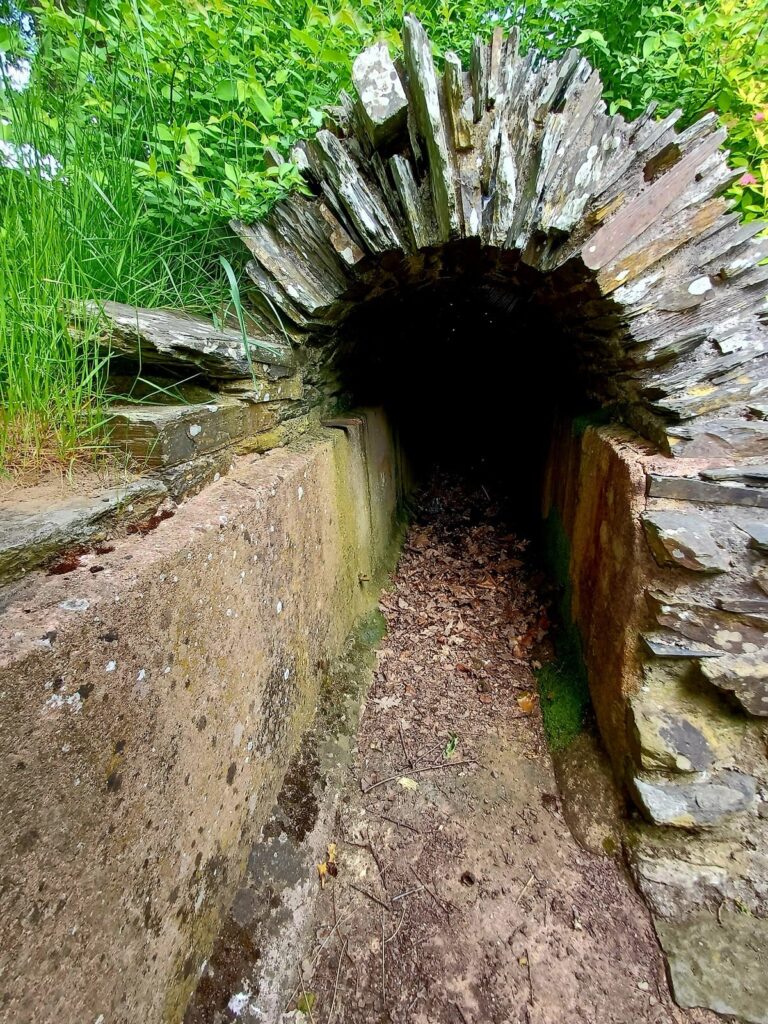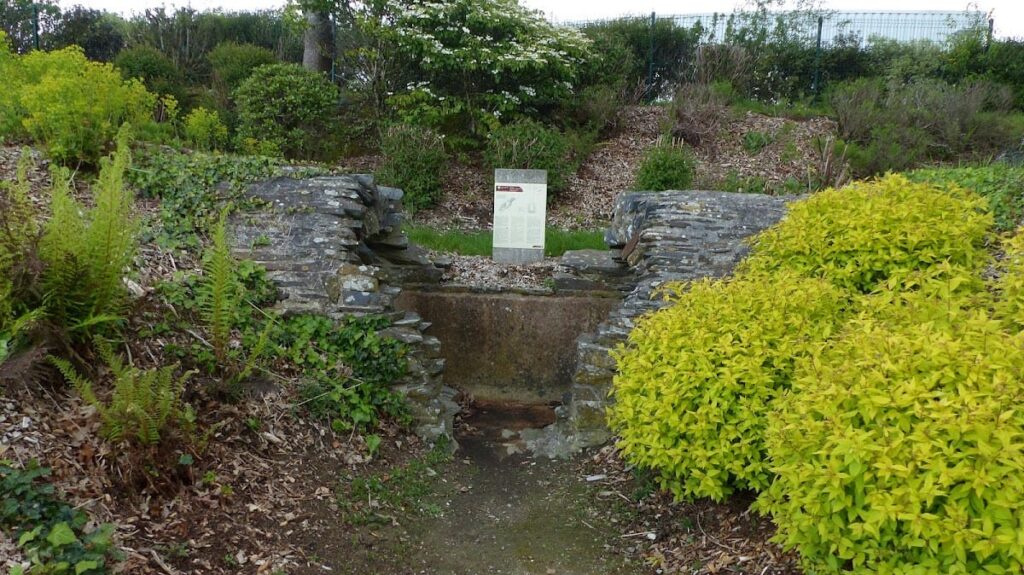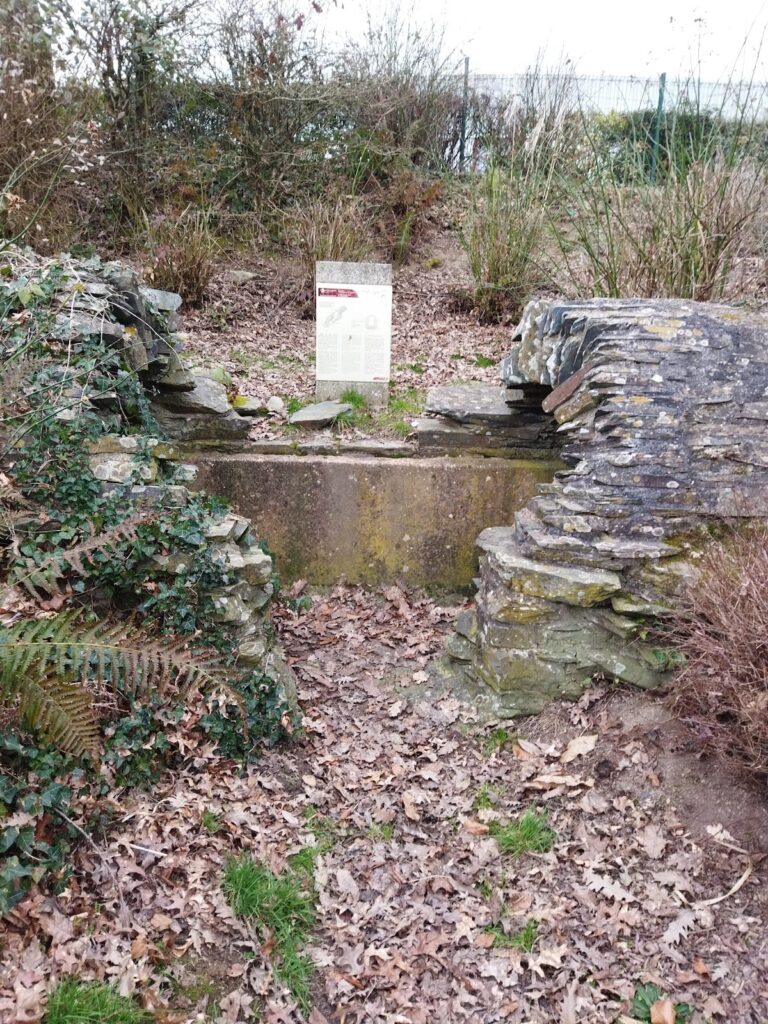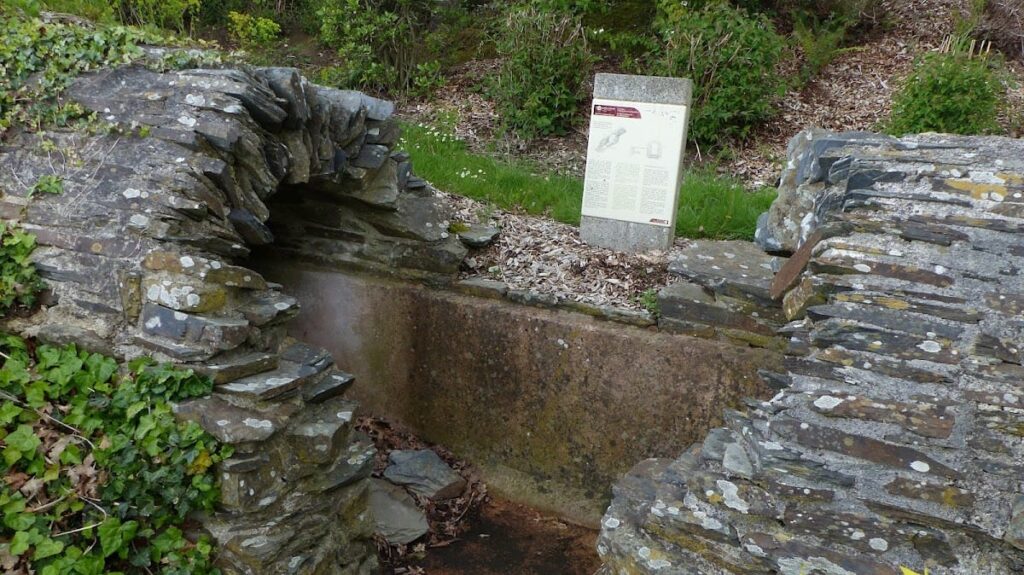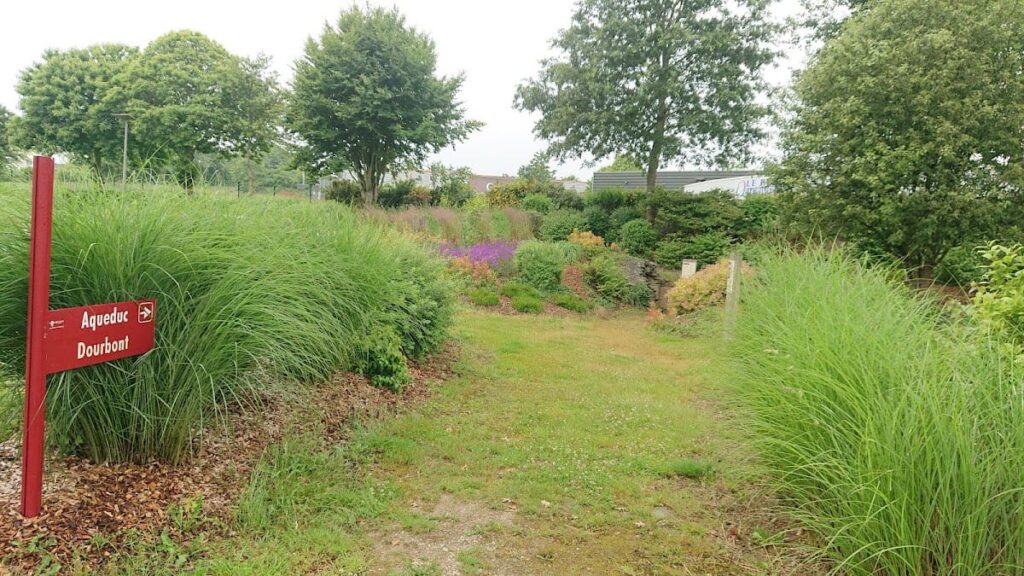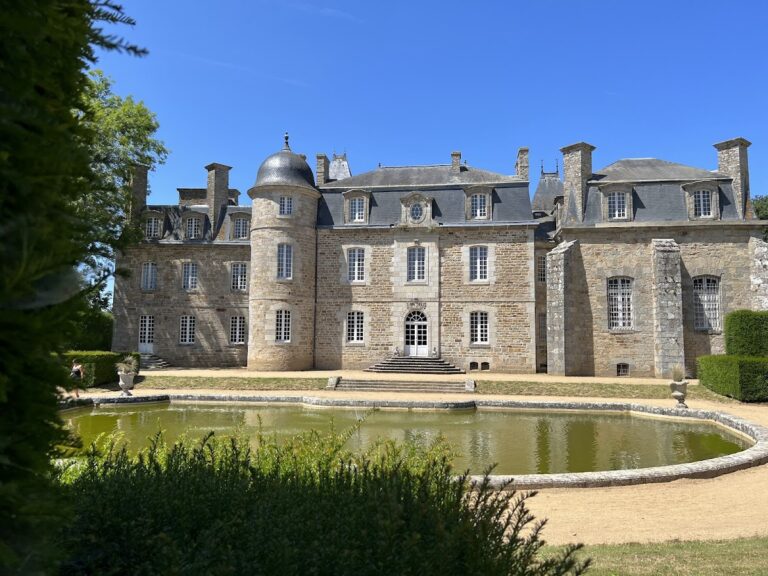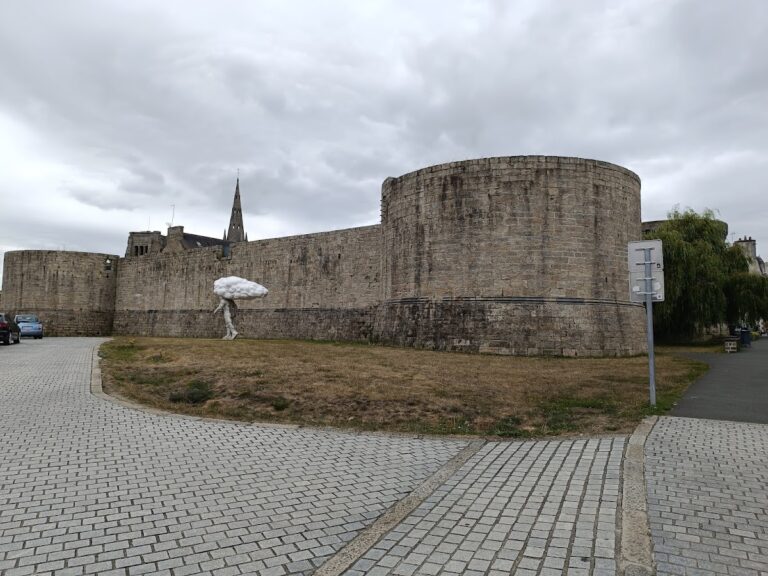Roman Aqueduct of Carhaix: Ancient Water Supply in Brittany, France
Visitor Information
Google Rating: 3.6
Popularity: Very Low
Google Maps: View on Google Maps
Country: France
Civilization: Roman
Remains: Infrastructure
History
The Roman Aqueduct of Carhaix is located in the town of Carhaix-Plouguer, Brittany, in northwestern France. It was built by the Romans to supply water to the ancient city of Vorgium, the Roman name for Carhaix. Vorgium was an important settlement in the region during Roman times.
The first phase of construction took place in the latter half of the 1st century AD. This initial aqueduct drew water from a stream about 11 kilometers from Vorgium. To deliver water to the city, engineers built a bridge-aqueduct nearly one kilometer long and 14 meters high near the settlement. This structure carried water to a water tower located on elevated ground within Vorgium. The aqueduct combined wooden pipes joined by iron plates with sections of masonry.
A second aqueduct was constructed in the late 2nd century AD to improve and extend the water supply. This longer aqueduct began near the modern communes of Paule and Glomel, stretching approximately 27 kilometers with a gentle slope averaging 0.27 meters per kilometer. Its route included a nearly 900-meter tunnel near Kervoaguel at Le Moustoir and a 900-meter-long elevated aqueduct standing 13 meters tall near Kerampest. These features show the complexity of Roman hydraulic engineering in the region.
In 1982, the path of the second aqueduct was scientifically mapped by engineer Émile Guyomard. Before any physical remains were found at Kerampest, he proposed the existence of an inverted siphon, a system that uses pressure to carry water across a valley, at that location. Later discoveries of bridge remains confirmed his hypothesis. The aqueducts served Vorgium for several centuries.
Remains
The remains of the Roman Aqueduct of Carhaix include visible masonry and structural elements that have survived in several locations around Carhaix-Plouguer. The aqueducts were built using a combination of materials, including wooden conduits connected by iron plates and stone masonry. This blend of materials is especially evident in the first aqueduct.
One of the most notable surviving features is the bridge-aqueduct near Vorgium, which was about 1,000 meters long and reached 14 meters in height. This structure was designed to maintain the flow of water to the elevated water tower within the city. The second aqueduct’s route includes a nearly 900-meter tunnel near Kervoaguel and a 900-meter-long elevated aqueduct standing 13 meters tall near Kerampest.
Today, remains can be seen in the industrial zone of La Villeneuve and along Rue de l’Aqueduc-Romain in Carhaix. These sections have been protected as historic monuments since 1862, preserving the visible masonry and structural components.
